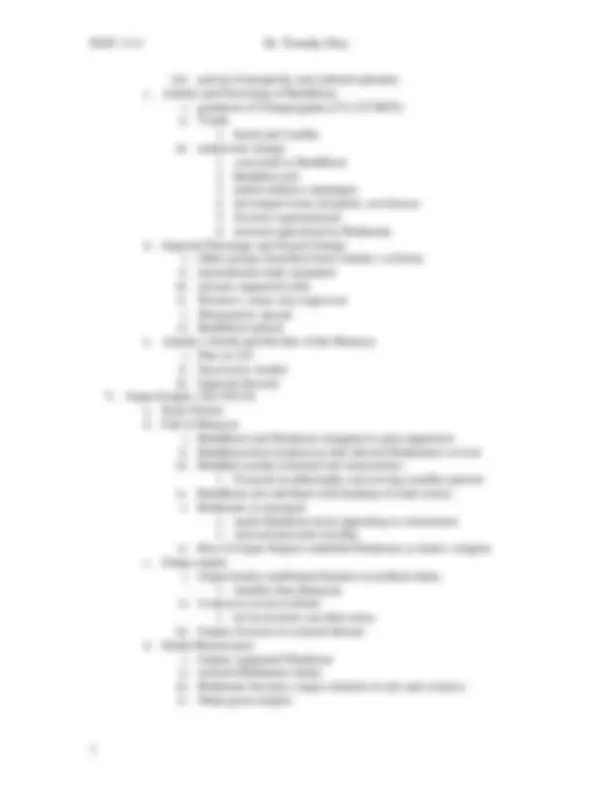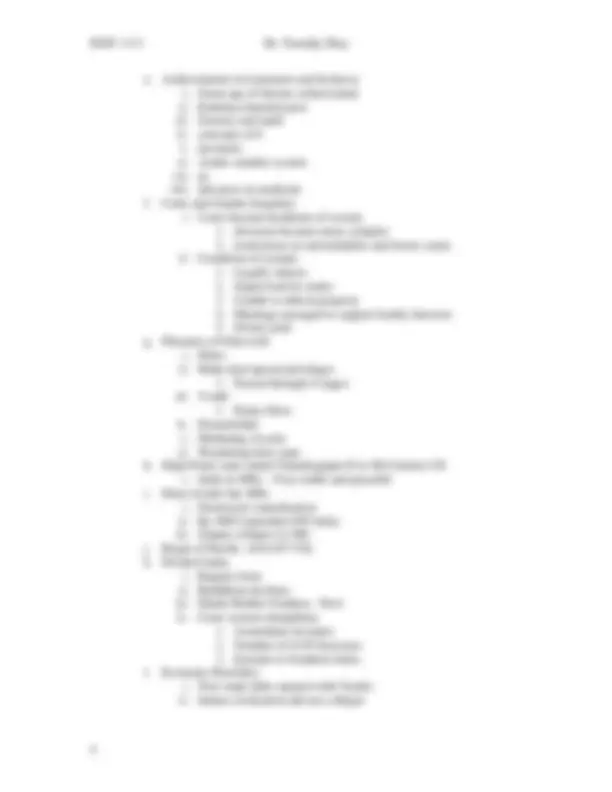





Study with the several resources on Docsity

Earn points by helping other students or get them with a premium plan


Prepare for your exams
Study with the several resources on Docsity

Earn points to download
Earn points by helping other students or get them with a premium plan
Community
Ask the community for help and clear up your study doubts
Discover the best universities in your country according to Docsity users
Free resources
Download our free guides on studying techniques, anxiety management strategies, and thesis advice from Docsity tutors
An overview of ancient india during the age of brahman dominance, including the founding of small states based on agriculture and livestock breeding, the role of brahmans in religion and administration, and the emergence of merchants and artisans. The document also covers the rise of buddhism, the spread of its teachings, and the challenges it posed to the brahmanic tradition. Additionally, the document discusses the impact of greek culture on india and the mauryan and gupta empires.
Typology: Study notes
1 / 5

This page cannot be seen from the preview
Don't miss anything!




History 1111 Dr. Timothy May I. Age of Brahman Dominance a. Kingdoms of the Ganges i. Aryans founded small states ii. based on sedentary agriculture and livestock breeding iii. ruled by warrior councils Brahmans dominated religion iv. Endemic warfare kept Brahman power in check. b. Sources of Brahman Power i. Brahmans ii. only literate group iii. dominated bureaucracy and administration iv. Perform rituals v. able to mediate between gods and humans. c. Social Change i. Merchants and artisan groups or caste emerged ii. growth of towns around capitals iii. river bank based commerce and manufacturing centers d. Caste System i. Social system of Aryans altered.
v. discovered 4 Noble Truths.
e. Achievements in Literature and Sciences i. Great age of literary achievement ii. Kalidasa-Sanskrit poet iii. Science and math iv. concepts of 0 v. decimals, vi. Arabic number system vii. pi. viii. advances in medicine f. Caste and Gender Iniquities i. Caste became backbone of society
m. Indians dominate Indian Ocean trade n.